Everything you need to know about specifications and performance - Mercedes-Benz CLS 2019 - CLS 220d (194 Hp) 9G-TRONIC
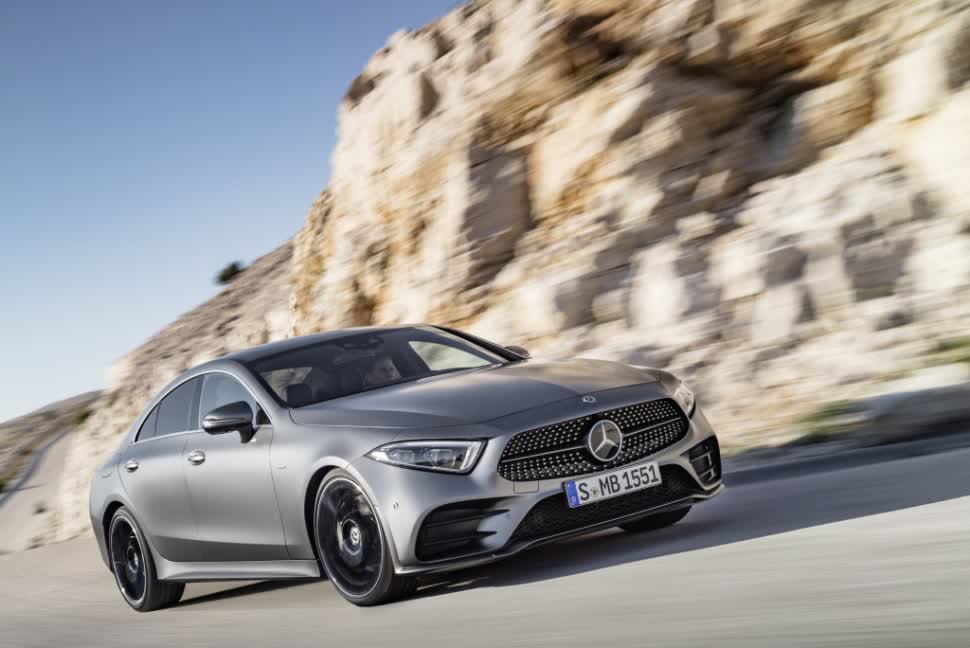
Overview:
What is the engine capacity of a Mercedes-Benz CLS 2019?
The engine capacity of the Mercedes-Benz CLS 2019 is 1950.
Mercedes-Benz CLS 2019 How many horsepower?
The engine power of the Mercedes-Benz CLS 2019 is 194 Hp.
What is the Mercedes-Benz CLS 2019 engine?
Mercedes-Benz CLS 2019 engine is OM 654.920. (Click to see other cars using the same engine)
How much gasoline does a Mercedes-Benz CLS 2019 consume?
The Mercedes-Benz CLS 2019 consumes 4.7-5.4 liters of gasoline per 100 km
General:
Engine:
Performance:
Space:
dimensions:
Powertrain, Suspension and Brakes:
See also
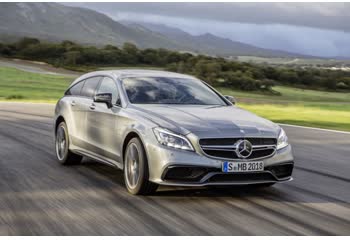
Other generation.
Its production began in 2014 until 2018
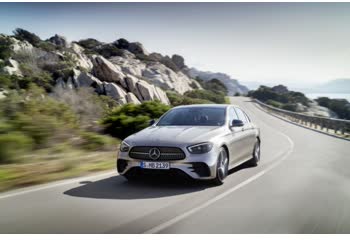
Same engine. (OM 654.920).
Its production began in 2020 until 2023
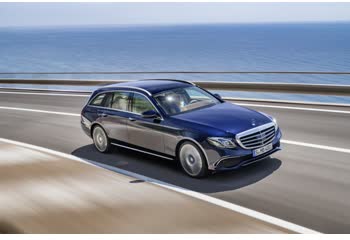
Same engine. (OM 654.920).
Its production began in 2016 until 2020
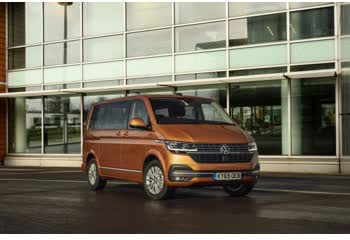
Same production year and almost the same engine capacity.
Its production began in 2019 until 2021

Same production year and almost the same engine capacity.
Its production began in 2019 until 2021

Same production year and almost the same engine capacity.
Its production began in 2019 until 2020

Write a comment